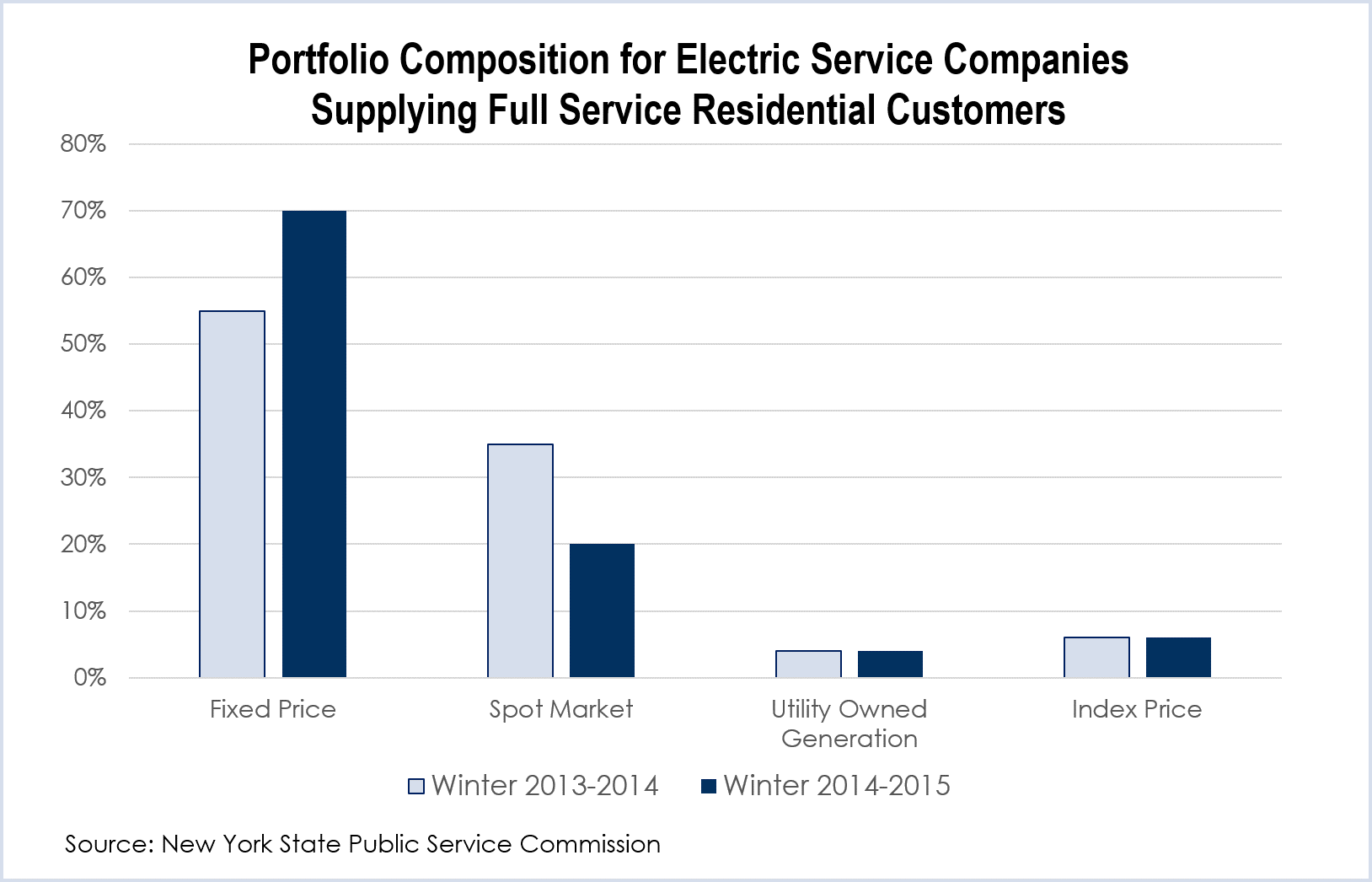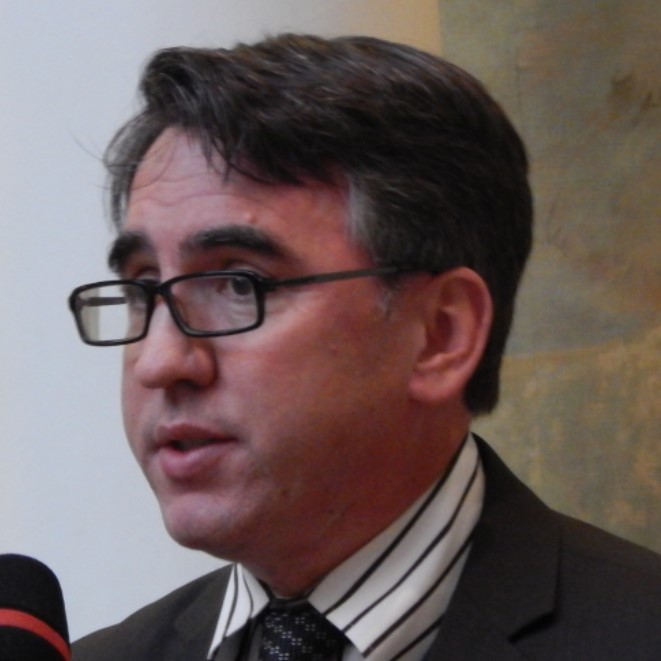
“Renewable energy is an interest to employees, we know, and we want to increase our engagement with employees around sustainability in general,” said 3M’s global sustainability advisor, Keith Miller, who helped develop the program for the company’s more than 35,000 North American employees.
3M joins two other North American companies offering similar programs: Cisco of San Jose, Calif., and Kimberly-Clark of Irving, Texas.
More: The Star Tribune
Construction Starts on 1,000-MW Combined-Cycle Plant in Md.

The natural gas-fired Wildcat Point Generation Facility will be adjacent to ODEC’s 672-MW Rock Springs Generation Facility near Rising Sun. The $675 million Wildcat Point facility received Maryland regulatory approval in May. It is expected to go into operation in 2017.
More: The News Journal
Utilities Serving Pot Growers: Don’t Ask, Don’t Tell
Indoor marijuana growers expanding to meet the now-legal recreational pot market in Washington state are cranking up the lights and heaters, and utility companies are trying to plan for increased load growth. But marijuana is still an illegal drug by federal standards, and utilities are wary of working directly with growers.
“There are definitely some concerns,” said Bryan Jungers, a research analyst. But he said utilities don’t want to ask too many questions. “They’re still supplying the power, but it’s sort of a ‘don’t ask, don’t tell’ approach.”
A study by the Northwest Power and Conservation Council estimates marijuana operations could increase demand for power in Washington by 60 MW, to 160 MW over the next 20 years. It said regional demand from growers could climb to 250 MW by 2035.
More: UtilityDive
GM to Build 2.2-MW Solar Facility Atop Ohio’s Lordstown Plant
General Motors is building a 2.2-MW rooftop solar facility at its Lordstown assembly plant, the largest photovoltaic system in the company’s U.S. inventory.
The project will install 8,500 solar panels on the roof, part of GM’s plan to roll out 125 MW of worldwide solar production by 2015. It has an 11.87-MW solar facility at a plant in Spain and a 1.8-MW solar array on the roof of its Toledo Transmission plant.
“GM has made a commitment in terms of increasing our use of renewable energy by 2020,” said Sharon Basel, communications manager of GM Energy, Environment and Sustainability. Solar “reduces the impact on the environment and provides a reduction in carbon emissions and lessens the impact on the climate change.”
The Lordstown project is scheduled to be completed by the end of this year.
More: The Vindicator
Delmarva Issues RFPs for 465 MW for Standard Offer
Delmarva Power & Light, which no longer owns any generation, is looking for up to 465 MW of power supply to meet its Standard Officer Service obligations in Delaware.
Delmarva, a subsidiary of Pepco Holdings Inc., is seeking peak load contributions by customer class, including 275 MW for combined residential, small commercial and industrial customers, 145 MW for medium general service-secondary customers, 20 MW for large general service-secondary and 25 MW for general service-primary customers.
The first round of bidding is to begin Dec. 1, and the final round should conclude in early February of next year. Winning bidders start supplying electricity on June 1.
More: The Cape Gazette
Michigan’s Lower Peninsula Getting New Power Plant
Wolverine Power Cooperative said it plans to build a $100 million natural gas-fired power plant in Michigan’s northern Lower Peninsula.
The site, near the town of Gaylord, was chosen because of the proximity of natural gas pipelines and transmission lines. It said it will soon apply for necessary state and local permits, and plans to get the plant online by 2016.
The co-op said the plant will complement Wolverine’s other generating facilities in the region and help preserve reliability of the regional power grid. Wolverine supplies wholesale power to six Michigan electric cooperatives.
More: Crain’s Detroit Business
Southern Company Acquires 150-MW Solar Plant In Calif.
Southern Power, a subsidiary of Southern Co., will boost its solar fleet to 338 MW with the acquisition of the Solar Gen 2 plant in California from First Solar.
Solar Gen 2 is comprised of three, 50-MW systems on 1,450 acres in Imperial County. Construction began in 2013. First Solar is building it and will operate it for Southern. San Diego Gas & Electric has agreed to buy its power for 25 years.
More: EnergyCentral
Duke Energy Establishes $20M Energy Assistance Plan in NC
Duke Energy’s two North Carolina utilities have launched a $20 million energy assistance fund for low-income residents. The company said up to 4,000 households could qualify.
The fund, established as a result of a 2013 Duke Energy Progress and Duke Energy Carolinas rate case, will provide up to $10,000 for individual energy-efficiency upgrades. The Helping Home Fund will pay for energy assessments, heating and cooling replacements, appliance replacements and weatherization upgrades. The N.C. Community Action Association, which is administering the program, will begin distributing the funds in January.
Duke has agreed to pay for the programs out of corporate funds rather than ratepayer money.
More: FierceEnergy
Constellation Energy to Build Solar Farm on Eastern Shore
Constellation Energy Resources is building a 4.3-MW solar project that includes a 25-year supply agreement with the National Aquarium in Baltimore.
The project, to be built on 22 acres near Cambridge, Md., is expected to supply 40% of the aquarium’s energy needs. Constellation will supply the other 60% through wholesale power purchases. The aquarium will get solar renewable energy credits.
Constellation, a subsidiary of Exelon, said the solar farm will offset about 4,409 tons of carbon dioxide emissions each year. The project is expected to be completed in March.
More: Zacks
Judge Rules Against Ameren in Missouri Tx Line Dispute
A Missouri judge says he will reject Ameren Transmission’s request to build a transmission line across northeast Missouri without a certificate from the Missouri Public Service Commission.
Ameren said it doesn’t need the commission’s approval because it isn’t regulated by the commission. Landowners have intervened to try to block construction of the line.
Cole County Circuit Court Judge Dan Green noted that the PSC hasn’t taken action yet, and so he said he would refrain from making a “hypothetical advisory opinion.” The 100-mile line is part of a longer, 480-mile line to run from Ottumwa, Iowa, to western Indiana.
More: Fox2 News; Columbia Missourian
AEP Commercial Customer Coalition Protests Price Guarantee Move

AEP, along with FirstEnergy, has asked PUCO to allow it to enter into power-purchase agreements with some of its plants. It says the price guarantees are necessary to keep the plants profitable and running, and therefore are in the public interest.
But Compete Coalition, which includes companies such as Staples, Macy’s, Lowe’s Home Improvement and Boston Market, said the utility’s proposal would amount to an unfair tax and will “deny Ohio businesses the right to purchase electricity at the lowest possible price.”
More: Columbus Business First
FirstEnergy Dropping Customers, but Charging them if they Drop First
FirstEnergy Solutions is dropping its retail residential customers in Pennsylvania as the company reevaluates is participation in the retail market.
But the FE subsidiary, in letters mandated by the Pennsylvania Public Utility Commission, also reminded customers that they may face an early termination fee if they choose to leave FirstEnergy before their contract terms expire. The fees are as much as $295.
“Please note that if you cancel your existing contract with us before your December meter read date, you may incur a … termination fee,” say the letters sent to residential customers. “You can avoid this fee by remaining a valued FirstEnergy Solutions customer until the end of your agreement.” Many of those agreements expire at the end of the year.
More: Pittsburgh Post-Gazette
PSEG Exec Leaves to Run Illinois Generator
Donald Gaston, fossil generation director of Public Service Enterprise Group, is leaving to run Prairie State Generating Company.
Gaston, who has worked in the generation industry for more than 30 years, will become CEO of Prairie State, which operates a two-year-old, 1,600-MW coal plant and adjacent coal mine. Prairie State has been through several CEOs since May. The plant has been plagued by construction delays, cost overruns and the defection of power purchasers trying to escape contracts.
More: NJ BIz








